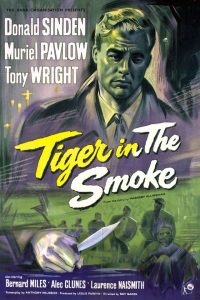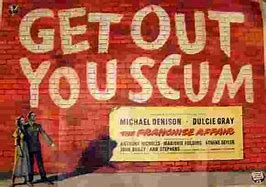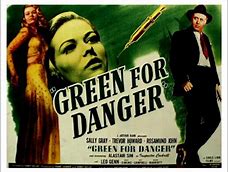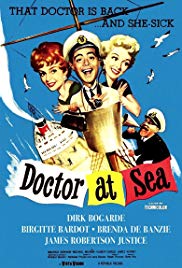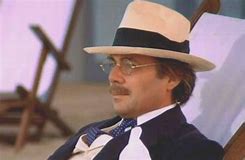All are very welcome to join us for the fifth of this term’s melodrama screening and discussion sessions. We will be showing Tiger in the Smoke (1956, Roy Ward Baker, 95 mins) on Wednesday the 11th of March, 5-7pm, Jarman 6.
The film is based on Margery Allingham’s 1952 novel – the 14th in her series of books featuring enigmatic detective Albert Campion.
The review from the 22nd December 1956 issue of UK fan magazine Picturegoer helpfully outlines the film’s plot and asks some insightful questions:
“a pretty war widow, movingly played by Muriel Pavlow, is led to believe that her war-hero husband is still alive. It turns out to be a hoax. Why? Who is the man masquerading as her dead husband? What is the secret? And who is the man, the killer, masterminding the whole operation?”
Picturegoer further describes the film as possessing a ‘nerve-wracking grip’ and ‘creepily sustained’ tension (p. 16).
This fits with fits with US trade paper Variety’s designation of the film as a ‘thriller’ (5th December 1956, p. 24). The publication’s review comments on how the ‘fog laden’ London city streets setting stresses ‘mystery and suspense’ and the performance of Pavlow conveys tension and anxiety. The film’s plot, its fogbound atmosphere, and Pavlow’s suffering woman, can all be usefully connected to our interest in melodrama.
Do join us if you can.

